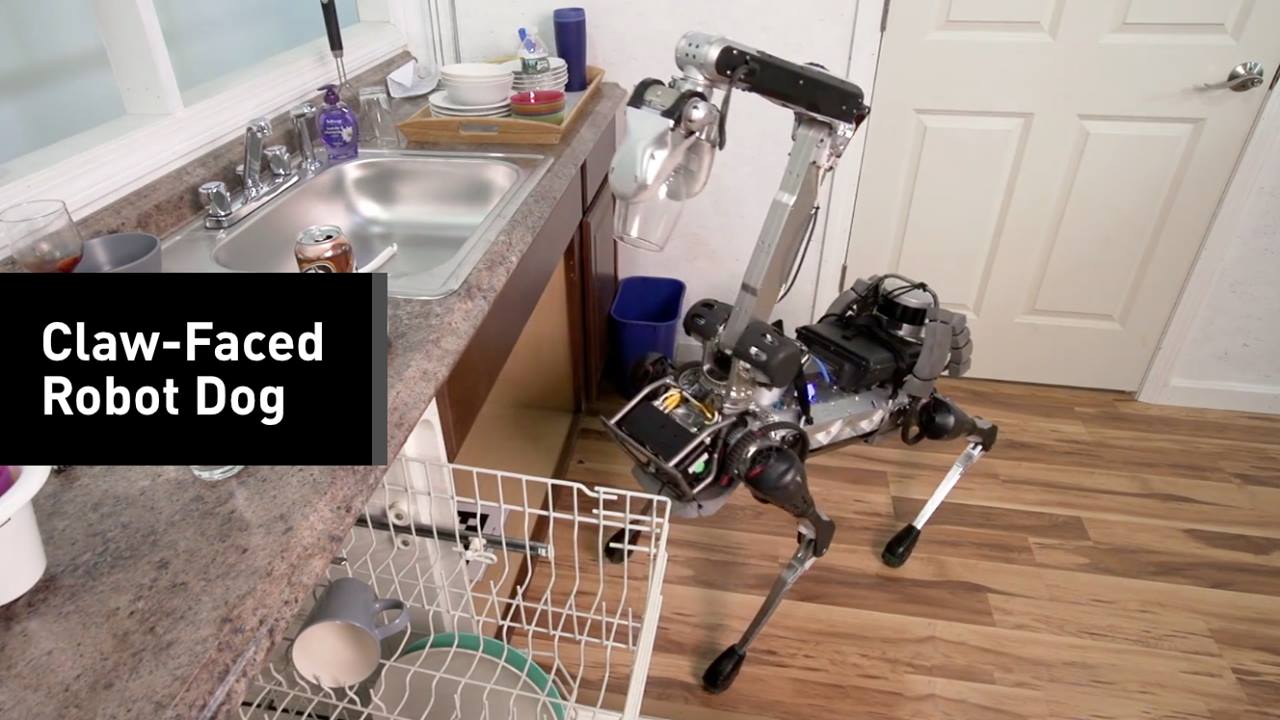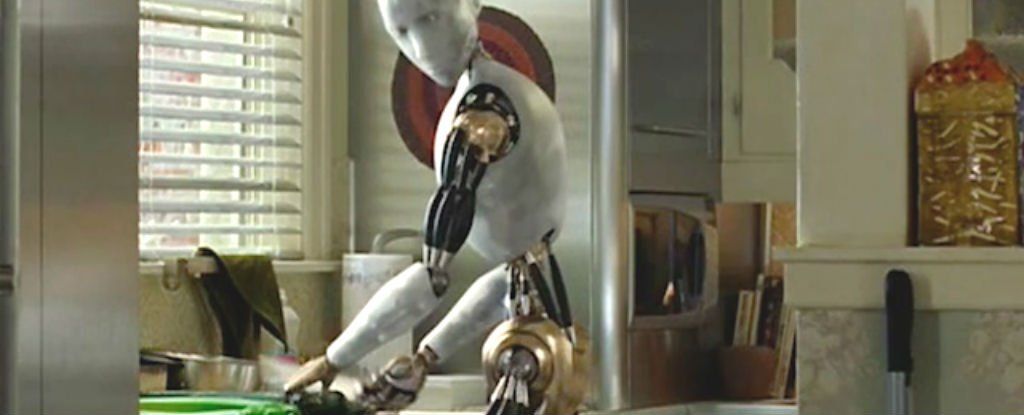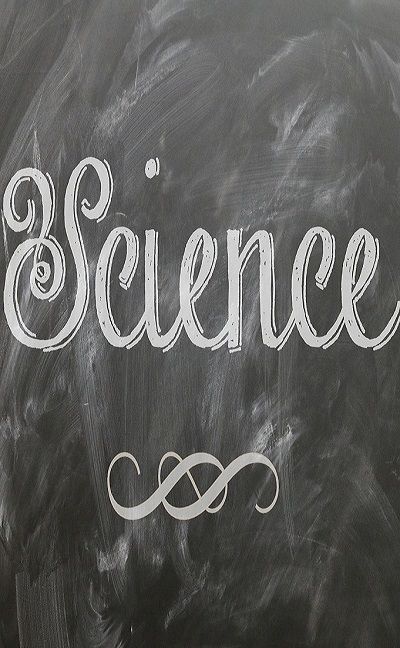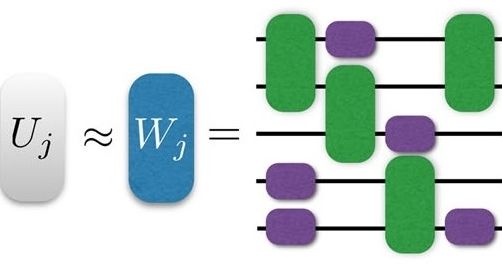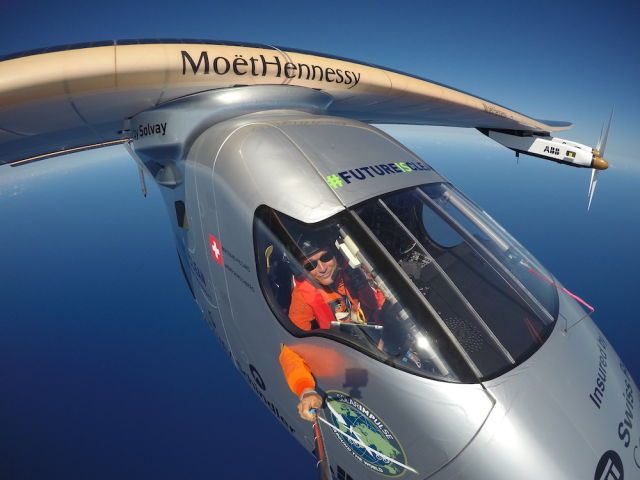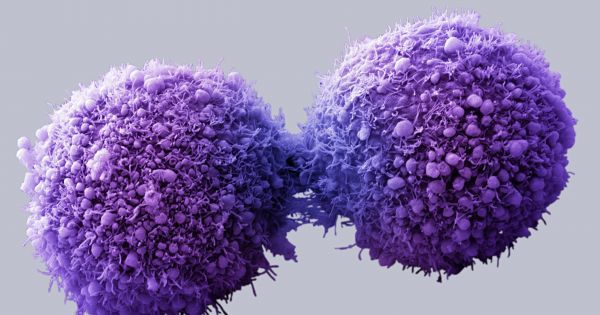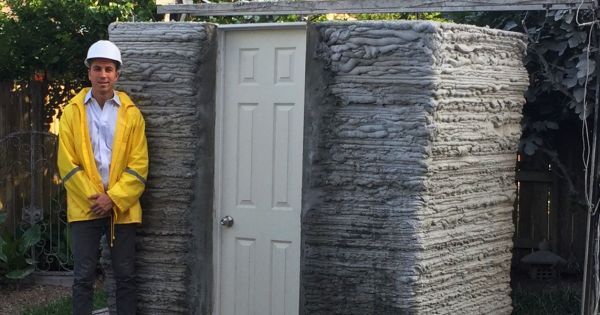Page 11094
Jun 23, 2016
Elon Musk’s new company is developing robots to do your housework
Posted by Shailesh Prasad in categories: Elon Musk, robotics/AI
For most people, housework is the absolute worst, and it’s kinda weird how in 2016, we still don’t have anything remotely like Rosie the robot maid, who vacuumed the hell out of the Jetsons’ house.
Well, it might finally be our time, because multitasking entrepreneur Elon Musk just announced that his new robotics firm, Open AI, will be developing ‘domestic robots’ that can perform basic household chores.
To accelerate the process, Open AI will be developing the robots based on technology that already exists — basically, it’s going to be taking off-the-shelf robots and customising them to do housework.
Continue reading “Elon Musk’s new company is developing robots to do your housework” »
Jun 23, 2016
Scientific Innovation Needs the European Union to Succeed
Posted by Zoltan Istvan in categories: bioengineering, biotech/medical, computing, cyborgs, economics, employment, genetics, life extension, neuroscience, robotics/AI, transhumanism
My new Psychology Today story on BREXIT and the EU:
Scientific innovation doesn’t just happen on its own. It takes stable economies, free societies, and open-minded governments. The best environment for science to thrive in is that of collaborating groups incentivized to communicate and cooperate with one another. This is precisely what the European Union is.
And now, more than ever, the union of Europe is needed—because we are crossing over into the transhumanist age, where radical science and technology will engulf our lives and challenge our institutions. Robots will take 75% of the jobs in the next 25 years. CRISPR gene editing technology will allow us to augment our intelligence, perhaps doubling our IQ. Bionic organs will stave off death, allowing 200 year lifespans.
Continue reading “Scientific Innovation Needs the European Union to Succeed” »
Jun 23, 2016
Interstellar Defense Network Might Avert Real-Life ‘Independence Day’
Posted by Bruce Dorminey in categories: alien life, space travel
The new “Independence Day” is likely to be a popcorn-chomper, but it does provide us with some serious food for thought. We need to take a page from our former secretary of defense’s playbook and start thinking about such ‘known-unknowns.’ Eg., we need to take the development of interstellar propulsion much more seriously for a whole host of reasons.
As debris from an exploded mothership burned through Earth’s atmosphere, many audiences likely left the 1996 film “Independence Day” wondering when the rest of this ugly, stinking group of fictional extraterrestrials would return for a sequel? The answer lies in “Resurgence,” Roland Emmerich’s new blockbuster about locust-like space aliens that appear hellbent on killing off earth-like civilizations.
Jun 23, 2016
Google: How do we build a cleaning robot that doesn’t cheat or destroy things in its path?
Posted by Klaus Baldauf in category: robotics/AI
The answer: It will be very difficult because once an AI robot figures out how to game the system, it won’t be inclined to stop.
Jun 23, 2016
SpaceX discusses progress toward human missions of Dragon/Falcon 9
Posted by Klaus Baldauf in category: space travel
While continuing to impress even themselves with their ability to successfully propulsively land Falcon 9 first stages on land and in the ocean, SpaceX is continuing to progress on its human spaceflight endeavors, with the company’s Dragon spacecraft, Falcon 9, and ground operations development all keeping pace for a second quarter 2017 debut of the human-rated Dragon spacecraft before the first human Dragon launch by the end of 2017.
Humans on Dragons:
As one of two companies to receive funding and contracts for NASA’s Commercial Crew Program (CCP), SpaceX has spent years developing its human-rated Dragon spacecraft to help fill a crucial aspect of spaceflight left void by NASA following the conclusion of the Space Shuttle Program in July 2011.
Continue reading “SpaceX discusses progress toward human missions of Dragon/Falcon 9” »
Jun 23, 2016
Genetic algorithms can improve quantum simulations
Posted by Klaus Baldauf in categories: computing, genetics, information science, quantum physics
(Phys.org)—Inspired by natural selection and the concept of “survival of the fittest,” genetic algorithms are flexible optimization techniques that can find the best solution to a problem by repeatedly selecting for and breeding ever “fitter” generations of solutions.
Now for the first time, researchers Urtzi Las Heras et al. at the University of the Basque Country in Bilbao, Spain, have applied genetic algorithms to digital quantum simulations and shown that genetic algorithms can reduce quantum errors, and may even outperform existing optimization techniques. The research, which is published in a recent issue of Physical Review Letters, was led by Ikerbasque Prof. Enrique Solano and Dr. Mikel Sanz in the QUTIS group.
In general, quantum simulations can provide a clearer picture of the dynamics of systems that are impossible to understand using conventional computers due to their high degree of complexity. Whereas computers calculate the behavior of these systems, quantum simulations approximate or “simulate” the behavior.
Continue reading “Genetic algorithms can improve quantum simulations” »
Jun 23, 2016
Solar Impulse 2 completes world’s first solar-powered Atlantic flight
Posted by Bryan Gatton in categories: solar power, sustainability
The flights take such a long time because Solar Impulse 2, as the name suggests, is completely powered by sunlight. The plane’s massive 72-metre wings (broader than a 747!) are covered in some 269.5 square metres of photovoltaic cells. During the day, the cells power four 14kW (17.4hp) electric motors and top-up four 41kWh lithium-ion batteries. During the evening, the motors are driven by the batteries. Max cruise speed when the sun is up is 49 knots (90km/h), and a rather languid 33 knots (60km/h) at night.
The solar cells don’t quite refill the batteries during the day, which means the plane can’t fly forever just yet. Max flight duration is somewhere around five to six days.
For power-saving reasons, the Solar Impulse 2 cockpit can only carry a single human, and is both unheated and unpressurised. The pilots do sleep while they’re up in the air, but usually just for 20 minutes at a time (the telemetry data for one flight showed 10 catnaps of 20 minutes over a 24-hour period). Now multiply those conditions by a continuous flight time of three or four days and you have some idea of the rigours that Piccard and Borschberg must go through.
Continue reading “Solar Impulse 2 completes world’s first solar-powered Atlantic flight” »
Jun 22, 2016
Approved: First Ever Human Trials Involving CRISPR Gene Editing
Posted by Karen Hurst in categories: bioengineering, biotech/medical, genetics, health
Excellent!!! Cannot wait until we eradicate cancer, MS, Parkinson, Dystonia, Cystic-Fibrosis, LGD, etc.
A team of Physicians at the University of Pennsylvania’s School of Medicine now has their project of modifying the immune cells of 18 different cancer patients with the CRISPR-Cas9 system approved by the National Institute of Health.
CRISPR is the gift that keeps on giving—when it’s not fighting blindness, tackling HIV, or even recording real-time immune responses, it is taking on the emperor of all maladies: cancer.
Continue reading “Approved: First Ever Human Trials Involving CRISPR Gene Editing” »
Jun 22, 2016
A Tiny House Was Built in 24 Hours, Thanks to A 3D Concrete Printer
Posted by Karen Hurst in categories: 3D printing, computing, habitats
Forget pitching a tent when camping; soon (at this rate) we can have the 3D Printer print us a cabin.
A tiny house was built using Vesta, the 3D concrete printer. It took 24 hours to build the structure. The developer aims to shorten the construction time with the third version of the device.
Vesta, the 3D concrete printer, was just used to print a house. Though the word “house” may be a little suspect. Admittedly, given its size, the structure is more of a tool shed than a home, but one could theoretically live inside of it.
Continue reading “A Tiny House Was Built in 24 Hours, Thanks to A 3D Concrete Printer” »
